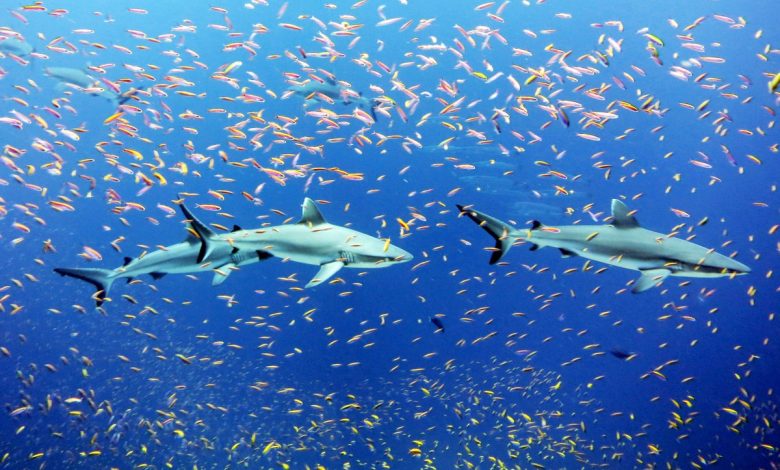World fisheries fully exploited or overexploited: 90%

FAO states that more than 90% of the world’s fisheries are fully exploited or overexploited.
The bad news: the growing demand for fish protein cannot be met by traditional capture fisheries.
So far, total global capture fisheries production has remained relatively stable since the late 1980s, with catches generally fluctuating between 86 million metric tons and 96 million metric tons per year, with 90 million metric tons recorded in 2020, the latest year for which FAO data is available.
On the upside, AquaBounty Technologies highlights that during the same period, aquaculture fish production increased from 14 million metric tons to a level of 88 million metric tons in 2020 and now accounts for 49% of global fish production.
Feeding the growing population and meeting the demand for fish protein will require aquaculture production to nearly double by 2050.
According to FAO, the world population is projected to approach 9 billion people by 2050, or approximately 15% growth over the next 27 years.
World fisheries
In addition to increased demand for food from the growing population, rising incomes and the urbanization of a growing middle class will drive greater demand for protein food sources.
And according to FAO, global fish consumption has increased faster than that of all other animal protein foods.
Global fish consumption has long been increasing at a faster rate than any other animal protein source, and the trend is expected to continue.
With overfishing already threatening the Earth’s marine ecosystem, it is expected that in the future a significantly higher proportion of fish consumption will be farm-raised rather than wild-caught.
In addition, Nocera notes that the trade conflict between the United States and China has led to increased demand for non-Chinese fish products in the U.S. market.


